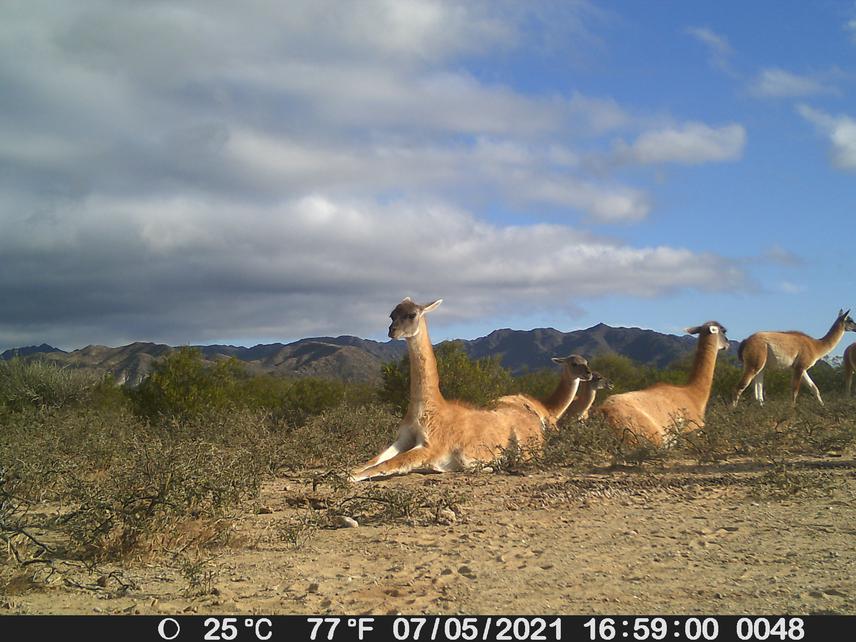Teresa Yamila Ontiveros
Other projects
12 Mar 2025
Characterization of Mammal Crossing Points Along Roads Traversing Through Protected Areas in Argentina: a Key Tool for Conservation
In the Ischigualasto Provincial Park (Argentina) some species with serious conservation problems inhabit. The most endangered species are Dolichotis patagonum, ranked as near threatened by IUCN. Other nationally include the vulnerable Pecari tajacu, or the locally endangered populations of Lama guanicoe. The IPP is a protected area of particular conservation interest for being near a village and is traversed by a recently built international road. Therefore, the goal of this study is to assess the impact of different human disturbances on the diversity, abundance and activity patterns of meso- and macro-mammals in the IPP and its influence area.

Lama guanicoe.
Wildlife conservation issues are the motors to the creation and management of protected areas around the world. The Ischigualasto Provincial Park (IPP) is a protected area placed in San Juan province, Argentina that was declared Heritage of Mankind by UNESCO back in 2000. The IPP has a particular conservation interest for its fossil remains richness, its particular and endemic species of animals and plants. Furthermore, the IPP is find being near anthropic disturbances such as a village and is traversed by a recently built international road known as Bi-oceanic Corridor (2015). This road will increase the vehicular transit and influx of people to the region, for both commercial and tourist purposes. These human activities could generate different effects on the local wildlife. Thus, I postulate such as the main of my research; assess the impact of different human disturbances on the diversity, abundance and activity patterns of meso- and macro-mammals in the IPP and its influence area.
The information obtained will contribute to taking appropriate management actions in the Park, since addition of new tourist trails is planned, and this information will help locating appropriate places within the Park based on the distribution of species with conservation issues. In addition, I hope that our results are helpful for designing actions relative to protected area expansion, such as ecological restoration tasks and planning of new non-consumptive and sustainable tourism activities. All the information generated by this project will be made available to the decision-making agencies that manage the area, such as the Secretaría de Ambiente y Desarrollo Sustentable and the Administración de Áreas Protegidas of San Juan province. We also expect that, being able to reach the area’s settlers and staff, work will be undertaken jointly and in coordination with the main actors in the study area.